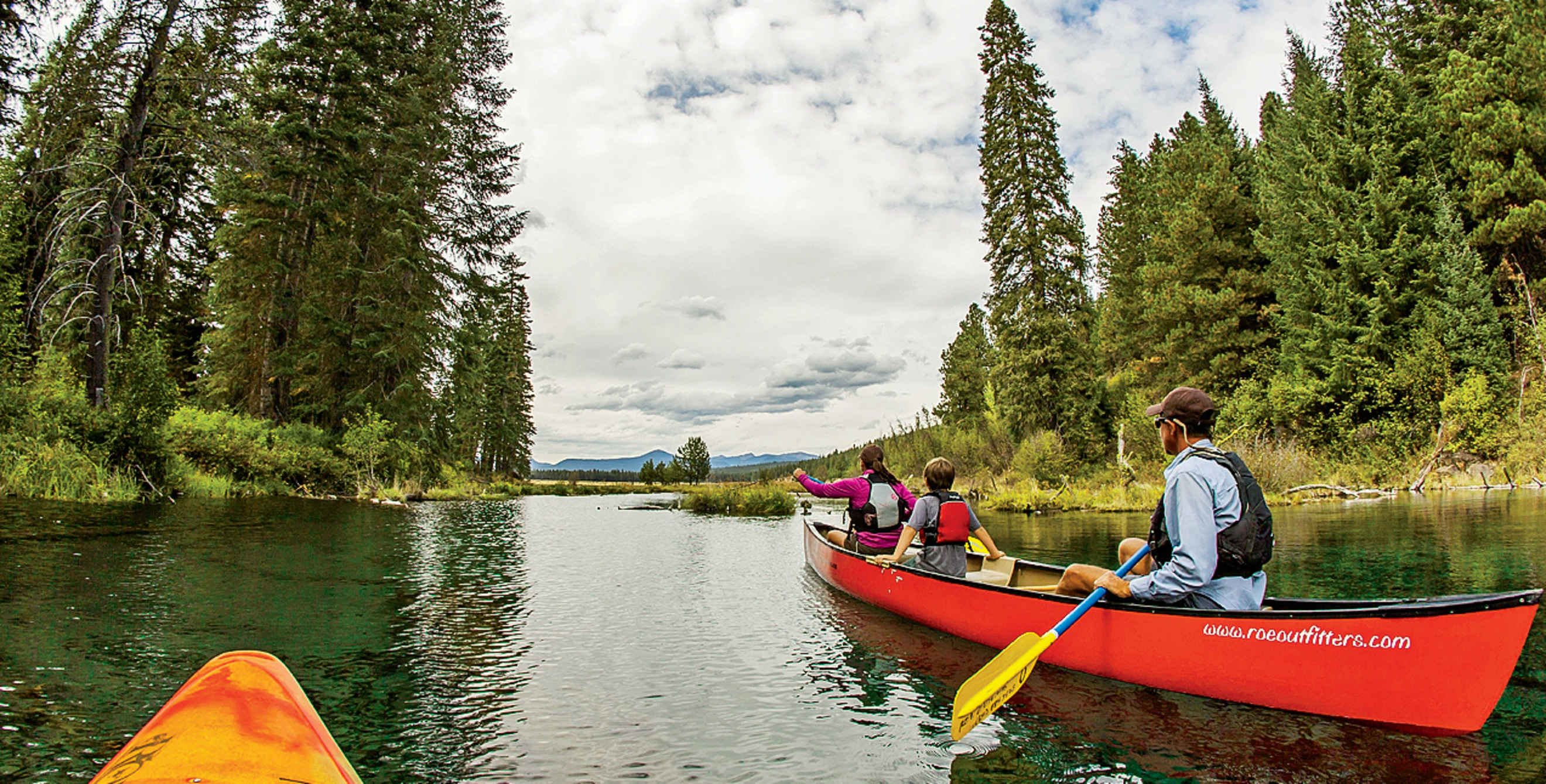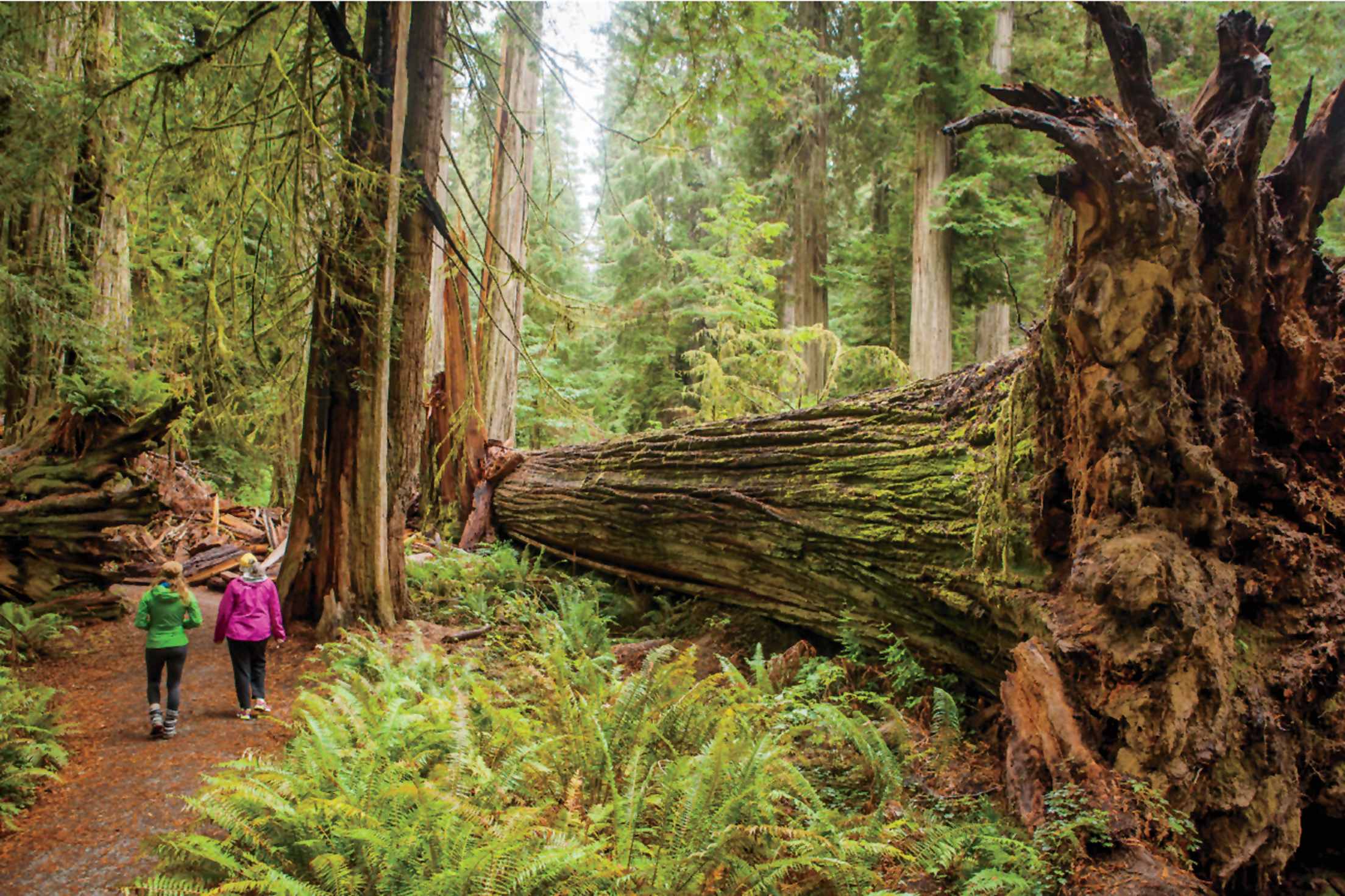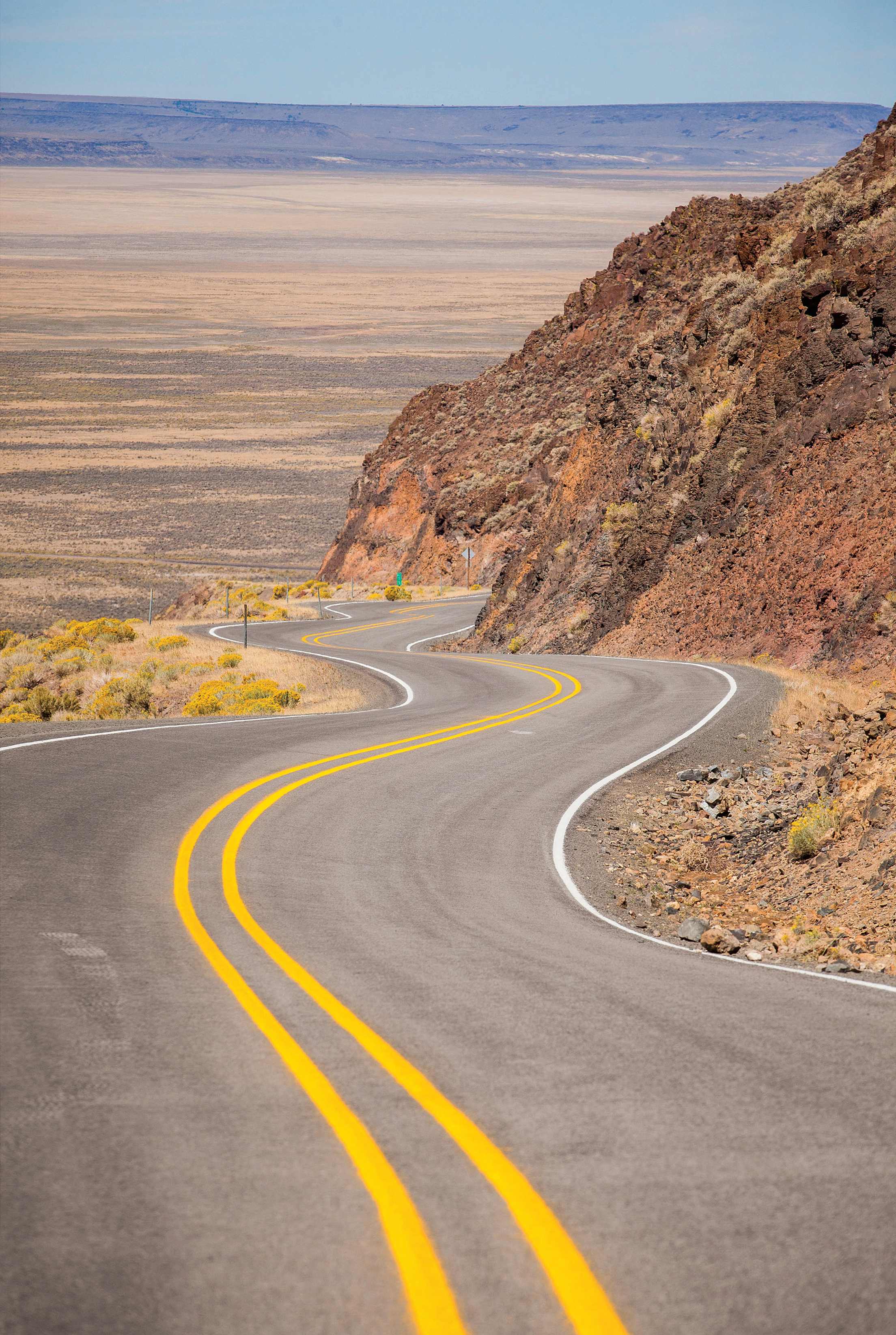
Winnemucca to the Sea Highway Road Trip
Find Basque eats, big wildlife, and tall trees on a dream highway from Nevada to the coast.

In the 1950s, ranchers in harsh northern Nevada imagined a straight-shot drive to the California redwoods, where trees soared to the clouds and the ocean mist cooled the air. But the route hadn’t been fully paved.
Hopeful minds went to work, and many handshakes later the Winnemucca to the Sea Highway was born. The 494-mile-long ribbon of blacktop never gained the acclaim its boosters imagined, but today, on two-lane roads, the route links a handful of colorful towns in Nevada’s Great Basin to the wineries and mountain resorts of Oregon and the rugged California coast. The trip can take a couple of days—or a couple of weeks.
The highway begins at a bend in the Humboldt River, where the town of Winnemucca, Nevada, has bloomed on the site of an early wagon train camp. A hundred years ago, Basque sheepherders migrated here to work in the nearby hills. In wintertime they took lodging at the 1898 Martin Hotel, gathering in the big dining room for meals. Today the menu remains the same, from starters of rich soup and tangy salad to plates of sweetbreads, lamb, and rib eye—all washed down with carafes of simple wine.
The road’s longest segment came to be labeled Highway 140, and that’s where, north of Winnemucca, you turn west from U.S. 95, and the hum of traffic fades as you cruise into the Quinn River Valley and its framing mountain vistas. It is land suitable for Zane Grey or the Lone Ranger—vast and silent beneath eggshell skies.
As you cross into Oregon, the Denio Junction appears in a cottonwood oasis. Stop for a burger and fries; it will be some time before you see a restaurant again. Soon the road enters the Sheldon National Wildlife Refuge and climbs a rise near a deep crack in the earth called Thousand Creek Gorge. Hike to the rim, and you can stomach-crawl on sun-warmed rock to peer down at the sinuous creek.

Even ancient redwoods succumb to natural forces: A storm felled this giant in California's Jedediah Smith Redwoods State Park.
Nearby lie the Dufurrena Ponds, where sandhill cranes and other migrating birds feed and anglers catch largemouth bass. Rocks near here yield fire opals; at the Royal Peacock mine, May 15 through fall, you can dig for your own sparkling cache.
“Sage-brush is very fair fuel,” wrote Mark Twain in his memorable chronicle Roughing It, “but as a vegetable it is a distinguished failure.” The pronghorn antelope of Sheldon Refuge would disagree. They find plenty of sagebrush to eat on the 900-square-mile spread. From a distance, the tawny ungulates resemble white-tailed deer—until they run. Springing across the plains on slender legs, they can sprint 40 miles per hour.
Pronghorn share the terrain with wild mustangs, burros, and bighorn sheep, whose hoof marks pock the site’s side roads. Lucky travelers might spot a herd of big-horn scrambling across the highway near Adel, Oregon, east of Lakeview.
Adel is even smaller than Denio, but its combined store, saloon, and café is large in atmosphere. Duck inside to see vintage saddles dangling like chandeliers and to get a close look at taxidermy mounts of animals that roam the region. Farther into Oregon, big animals give way to big mountains. West of pretty Upper Klamath Lake, the volcanic summit of Mount McLoughlin looms over the southern Cascade Range. Here you can disappear among fir trees on the 9.3 mile High Lakes Trail, wide enough to accommodate wheelchairs. Both the High Lakes Trail and the highway pass rustic Lake of the Woods. Come the warm months, you can rent a canoe or kayak—or a cabin.
Farther west, the road drops into the Rogue River Valley, where the city of Medford anchors a landscape of rolling hills and tabletop bluffs. Stop by the Rogue Creamery and the fruit store Harry & David, or sip luscious syrah and claret at the locals’ hot spot, RoxyAnn Winery, set inside Hillcrest Orchard.

Highway 140 winds down west of Nevada’s Sheldon National Wildlife Refuge.
As the Winnemucca highway joins Interstate 5 it climbs into Grants Pass, a home base for kayak trips on the Rogue River or visits to the Glass Forge, where artists craft whimsical vases.
When the route veers onto Highway 199, you’re nearing redwood heaven. But don’t hurry on. Detour at Cave Junction to Oregon Caves National Monument. While prowling the twisting tunnels, you’ll encounter a minuscule life-form—the white springtail. In a feat as marvelous as the pronghorn’s sprint, the insect catapults itself many times its body length by vaulting off its tiny, folded tail.
In Gasquet, California, grab a strawberry milk shake at She-She’s Cafe, then head west into the muscular beauty of the sky-bound conifers in Jedediah Smith Redwoods State Park. Stout Memorial Grove—a 40-acre cathedral of furrowed trunks and waist-high ferns—towers over the meandering Smith River.
It’s just a few miles to Crescent City, where the Pacific unrolls its silvery waves onto amber sand. But the journey’s not over until you’ve had a good meal. At the unpretentious Seascape Restaurant in Trinidad, an easy hour down the coast, you’ll find that the plate of Winnemucca lamb is rivaled by heaps of sautéed scallops, oysters, and shrimp—a mouthwatering gift from the sea.